Roger Rusack
Electron Energy Regression in the CMS High-Granularity Calorimeter Prototype
Sep 12, 2023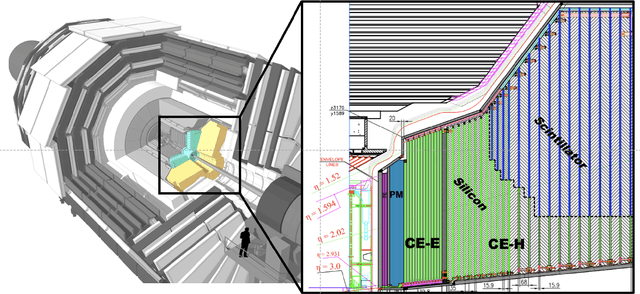

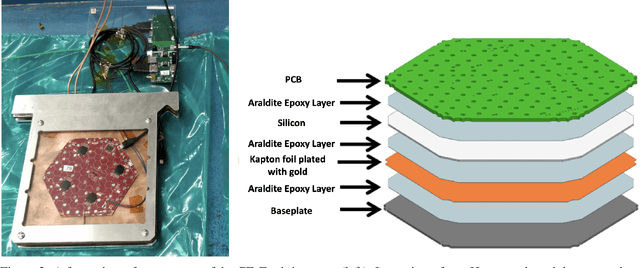
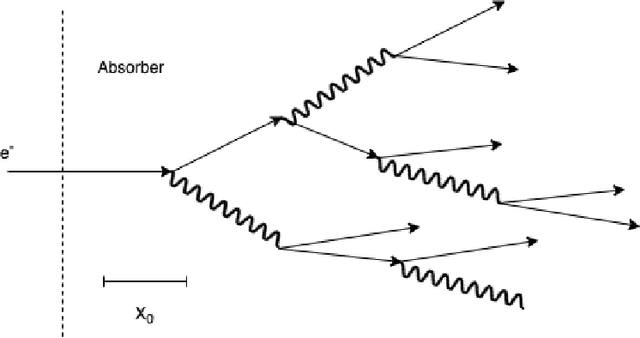
Abstract:We present a new publicly available dataset that contains simulated data of a novel calorimeter to be installed at the CERN Large Hadron Collider. This detector will have more than six-million channels with each channel capable of position, ionisation and precision time measurement. Reconstructing these events in an efficient way poses an immense challenge which is being addressed with the latest machine learning techniques. As part of this development a large prototype with 12,000 channels was built and a beam of high-energy electrons incident on it. Using machine learning methods we have reconstructed the energy of incident electrons from the energies of three-dimensional hits, which is known to some precision. By releasing this data publicly we hope to encourage experts in the application of machine learning to develop efficient and accurate image reconstruction of these electrons.
Predicting the Future of the CMS Detector: Crystal Radiation Damage and Machine Learning at the LHC
Mar 23, 2023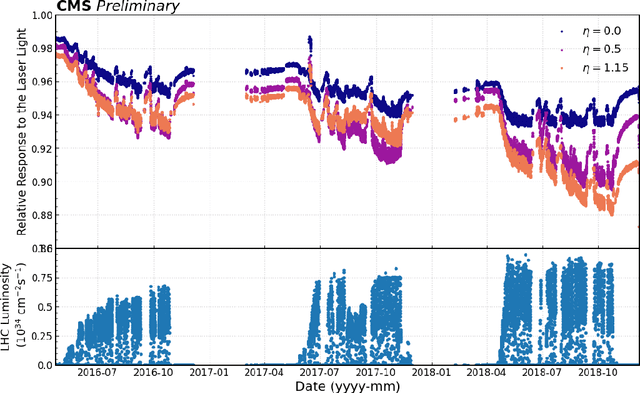

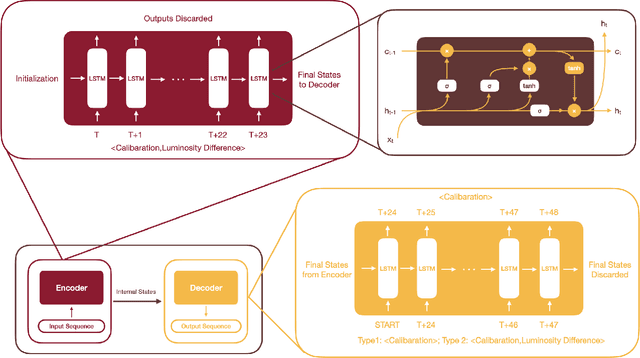

Abstract:The 75,848 lead tungstate crystals in CMS experiment at the CERN Large Hadron Collider are used to measure the energy of electrons and photons produced in the proton-proton collisions. The optical transparency of the crystals degrades slowly with radiation dose due to the beam-beam collisions. The transparency of each crystal is monitored with a laser monitoring system that tracks changes in the optical properties of the crystals due to radiation from the collision products. Predicting the optical transparency of the crystals, both in the short-term and in the long-term, is a critical task for the CMS experiment. We describe here the public data release, following FAIR principles, of the crystal monitoring data collected by the CMS Collaboration between 2016 and 2018. Besides describing the dataset and its access, the problems that can be addressed with it are described, as well as an example solution based on a Long Short-Term Memory neural network developed to predict future behavior of the crystals.
FAIR AI Models in High Energy Physics
Dec 21, 2022Abstract:The findable, accessible, interoperable, and reusable (FAIR) data principles have provided a framework for examining, evaluating, and improving how we share data with the aim of facilitating scientific discovery. Efforts have been made to generalize these principles to research software and other digital products. Artificial intelligence (AI) models -- algorithms that have been trained on data rather than explicitly programmed -- are an important target for this because of the ever-increasing pace with which AI is transforming scientific and engineering domains. In this paper, we propose a practical definition of FAIR principles for AI models and create a FAIR AI project template that promotes adherence to these principles. We demonstrate how to implement these principles using a concrete example from experimental high energy physics: a graph neural network for identifying Higgs bosons decaying to bottom quarks. We study the robustness of these FAIR AI models and their portability across hardware architectures and software frameworks, and report new insights on the interpretability of AI predictions by studying the interplay between FAIR datasets and AI models. Enabled by publishing FAIR AI models, these studies pave the way toward reliable and automated AI-driven scientific discovery.
A FAIR and AI-ready Higgs Boson Decay Dataset
Aug 04, 2021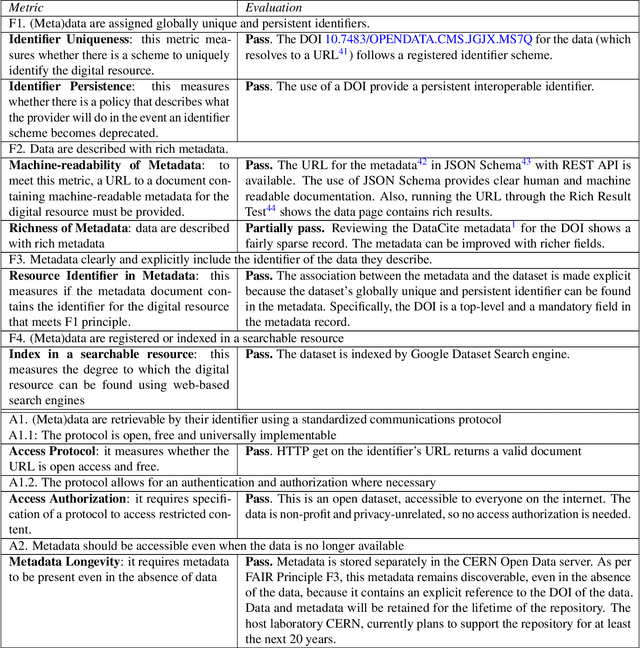
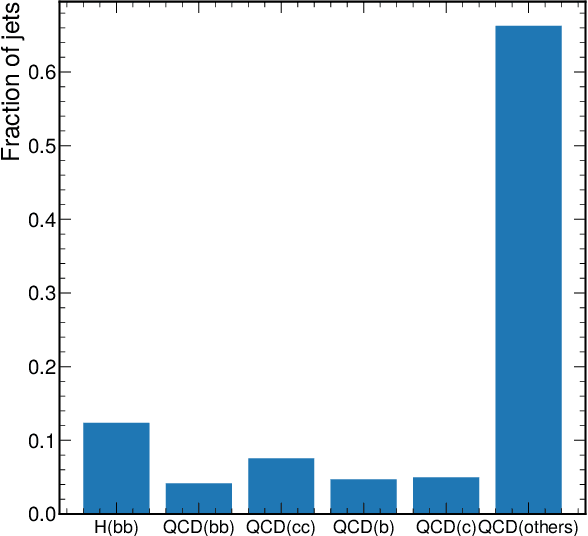
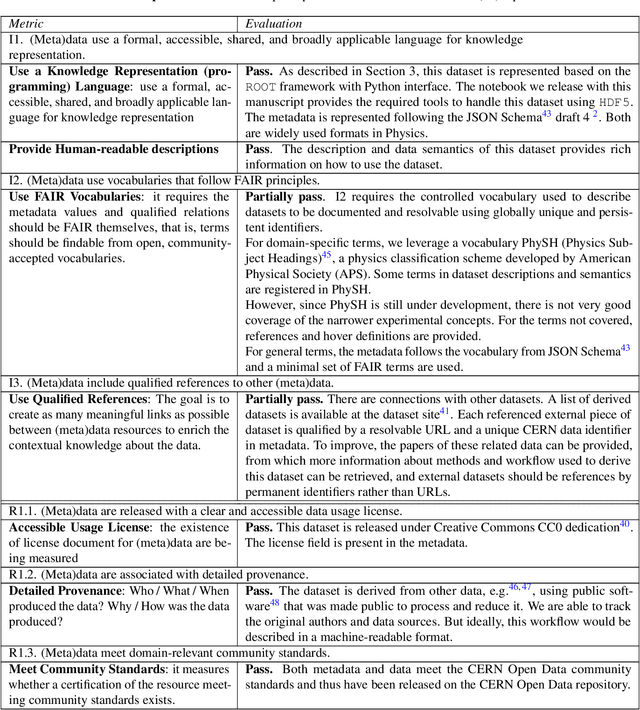
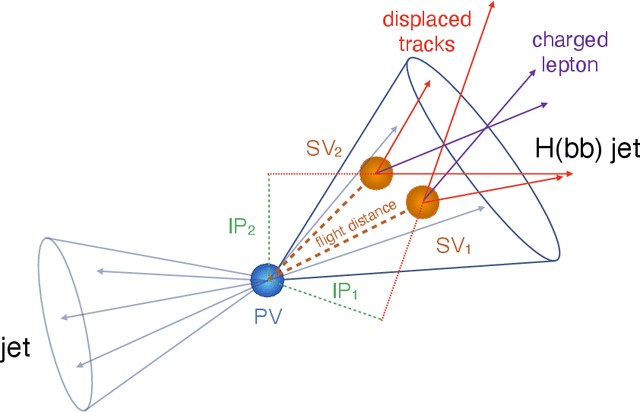
Abstract:To enable the reusability of massive scientific datasets by humans and machines, researchers aim to create scientific datasets that adhere to the principles of findability, accessibility, interoperability, and reusability (FAIR) for data and artificial intelligence (AI) models. This article provides a domain-agnostic, step-by-step assessment guide to evaluate whether or not a given dataset meets each FAIR principle. We then demonstrate how to use this guide to evaluate the FAIRness of an open simulated dataset produced by the CMS Collaboration at the CERN Large Hadron Collider. This dataset consists of Higgs boson decays and quark and gluon background, and is available through the CERN Open Data Portal. We also use other available tools to assess the FAIRness of this dataset, and incorporate feedback from members of the FAIR community to validate our results. This article is accompanied by a Jupyter notebook to facilitate an understanding and exploration of the dataset, including visualization of its elements. This study marks the first in a planned series of articles that will guide scientists in the creation and quantification of FAIRness in high energy particle physics datasets and AI models.
 Add to Chrome
Add to Chrome Add to Firefox
Add to Firefox Add to Edge
Add to Edge